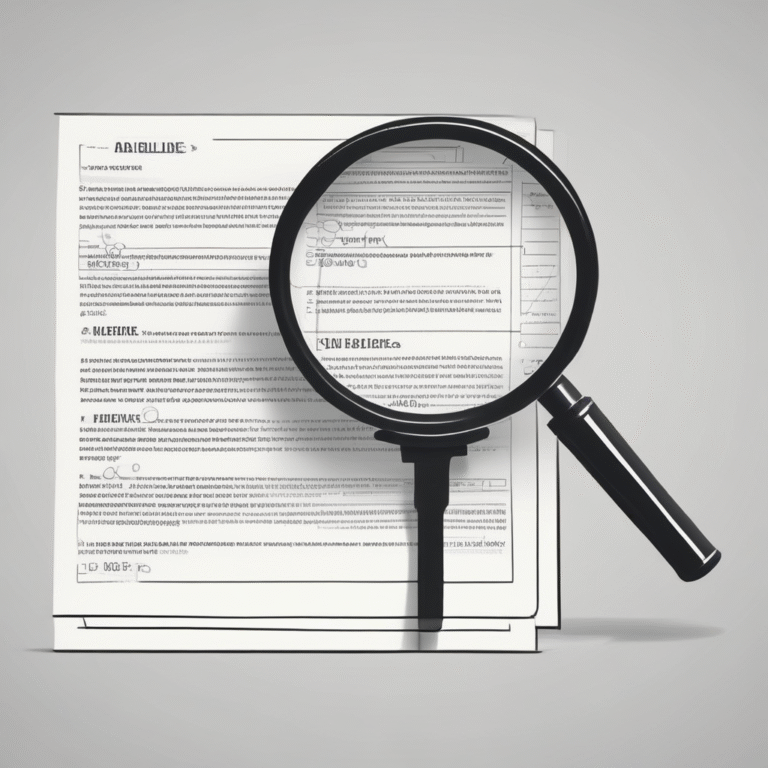Revolutionizing Law? Exploring Experimental Regulations and Artificial Intelligence Sandboxes in the AI Act
This study explores the emergence of experimental regulations and policies, particularly within the European Union, as a response to the rapid development of artificial intelligence (AI) technologies. As these technologies continue to shape societies, the need for flexible regulatory approaches has become increasingly important to ensure innovation while maintaining ethical standards and fundamental rights.
1. Introduction
Regulation and legislation significantly impact the economy and society. However, they are often perceived as bureaucratic actions, despite their profound influence on economic and social development. The European Union (EU) plays a crucial role in this dynamic, influencing jurisdictions worldwide—a phenomenon known as the Brussels effect.
The emergence of complex technological models has created demand for innovative regulatory approaches. This study discusses how experimental regulations and regulatory sandboxes may provide effective solutions to align innovation with regulatory frameworks, particularly in the context of AI.
2. Experimental Regulation
Experimental regulation is designed to be more adaptive and collaborative than traditional regulatory methods. It facilitates a legislative framework that fosters innovation while ensuring accountability. This approach allows for legal experiments that can be monitored and evaluated for effectiveness before widespread implementation.
Notably, experimental regulation is characterized by its temporal nature and the evaluation of results from these legal trials. It serves as an anticipatory and flexible form of legislation that encourages innovation while protecting citizens.
3. Regulatory Sandboxes
Regulatory sandboxes are a recent innovation within experimental regulation, facilitating cooperation between public and private entities. These sandboxes offer secure environments for testing new technologies and business models under public supervision, allowing companies to operate outside traditional regulatory constraints temporarily.
Since their introduction in the UK in 2016, sandboxes have proven effective in promoting innovation, particularly in sectors like fintech. By providing a controlled environment, these sandboxes minimize risks associated with unchecked technological advancements.
4. The AI Act: A Case Study
The AI Act of the EU, effective from August 2024, represents a significant step in regulating AI technologies. It employs a risk-based approach, categorizing AI systems into different risk levels with corresponding compliance standards. This framework aims to mitigate risks while promoting the benefits of AI.
The AI Act introduces various governance mechanisms, including the establishment of regulatory AI sandboxes that allow for real-world testing of AI applications. Member States are required to create at least one AI regulatory sandbox, fostering cooperation and innovation across the EU.
5. Conclusion
While experimental regulations and regulatory sandboxes offer promising frameworks for managing disruptive technologies, their success relies on careful design and implementation. The AI Act exemplifies the EU’s commitment to modernizing legal frameworks in response to rapid technological advancements. As the landscape of AI continues to evolve, these regulatory approaches may pave the way for more effective governance, balancing innovation with necessary oversight.










